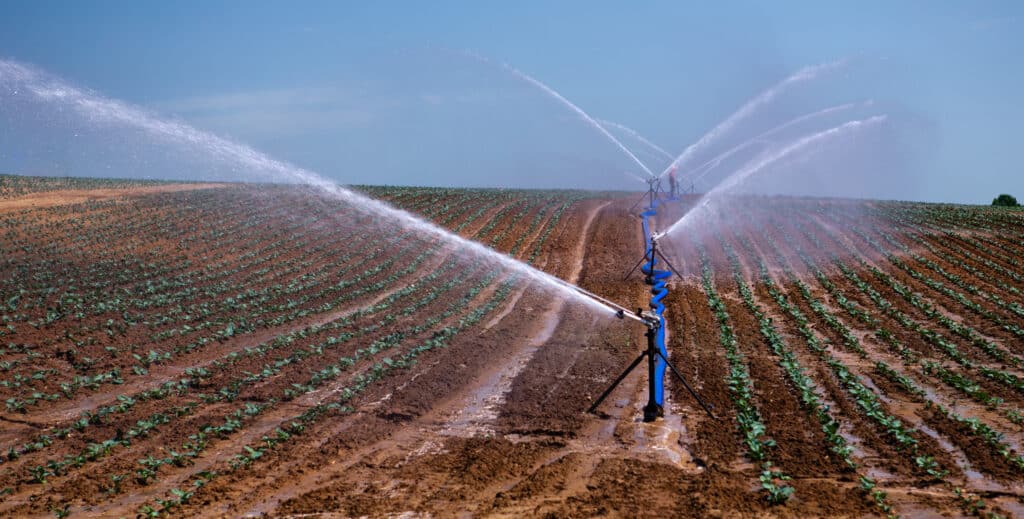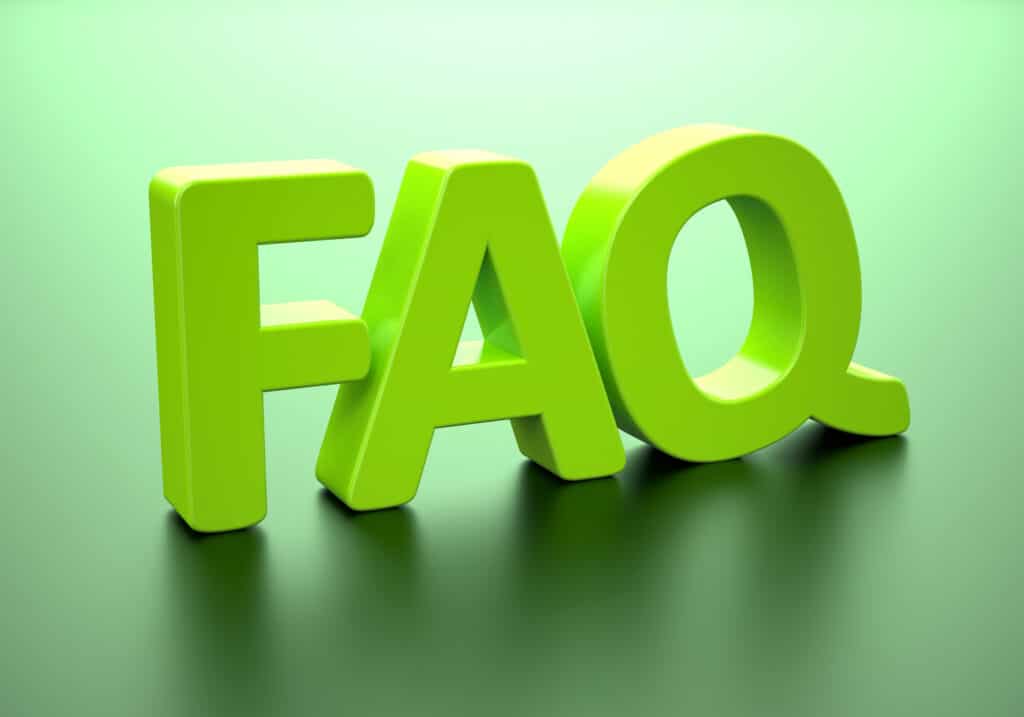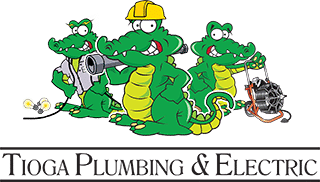
Exploring the Benefits of Subsurface Irrigation Systems
Looking for an efficient way to water your garden while conserving water? Subsurface irrigation systems might be the answer. These innovative systems deliver water directly to the roots of your plants, ensuring they get the moisture they need without waste.
In this blog, we’ll explore what subsurface irrigation systems are, how they work, and why they’re a great choice for homeowners in Bedford, TX, Euless, TX, and Grapevine, TX.
What are Subsurface Irrigation Systems?
Subsurface irrigation systems are a method of watering plants directly at the root level, beneath the soil surface. This type of irrigation minimizes water loss due to evaporation and ensures that plants get the right amount of moisture where they need it most.
It involves a network of buried tubes that deliver water directly to the plant roots. By using this system, you can achieve efficient water usage and promote healthier plant growth.
How Subsurface Irrigation Works
It’s pretty simple. Water from a main source flows through a series of drip tubes laid out beneath the soil. These tubes have tiny holes or emitters that release water gradually.
As the water seeps into the ground, it directly nourishes the plant roots without wetting the surface, making it a highly efficient method that reduces water waste.
Key Components of Subsurface Irrigation Systems
Mainline and Lateral Drip Tubes
The mainline and lateral drip tubes are the primary conduits that transport water from the source to the plants. The mainline is the central pipe that delivers water to various areas of your garden.
Lateral drip tubes branch off from the mainline and distribute water directly to the plant roots. These tubes have emitters or small holes that release water slowly and evenly into the soil.
Pressure Regulators and Control Valves
Pressure regulators and control valves are crucial for managing water flow and pressure within the system. Pressure regulators ensure that the water pressure remains consistent, preventing damage to the drip tubes and emitters.
Control valves allow you to adjust and manage the flow of water to different sections of your garden. Together, they help maintain an efficient and effective irrigation system.
Filtration Units
Filtration units are essential for keeping your subsurface irrigation system running smoothly. They remove debris and particles from the water, preventing clogging of the emitters and tubes.
This ensures that water flows freely and reaches the plant roots without obstruction. Regular maintenance of filtration units is necessary to maintain the system’s efficiency and longevity.
Fertilizer Injectors
Fertilizer injectors allow you to deliver nutrients directly to your plants through the irrigation system. These devices mix fertilizers with the irrigation water, ensuring even distribution to the plant roots.
This method of fertilization is efficient and can help improve plant health and growth. Using fertilizer injectors can save time and effort compared to traditional fertilization methods.

Photo from iStock – Credit: mycan
Benefits of Subsurface Irrigation Systems
Water Efficiency and Conservation
One of the main benefits of subsurface irrigation systems is their water efficiency. By delivering water directly to the plant roots, these systems reduce water waste due to evaporation and runoff.
This makes them an excellent choice for areas prone to drought or water restrictions. In locations like Bedford, TX, and Grapevine, TX, where water conservation is crucial, subsurface irrigation can help save a significant amount of water.
Improved Plant Health and Growth
Subsurface irrigation systems promote healthier plant growth by providing consistent moisture directly to the roots. This method prevents water stress and ensures that plants receive the right amount of water without waterlogging the soil.
As a result, plants can absorb nutrients more effectively, leading to stronger and more vigorous growth.
Reduced Weed Growth
Since subsurface irrigation systems deliver water below the soil surface, the top layer of soil remains dry. This dry surface discourages weed seeds from germinating and growing. By reducing weed growth, you can save time and effort on weeding and maintain a cleaner garden.
Lower Labor and Energy Costs
Subsurface irrigation systems are designed to be efficient and low-maintenance. Once installed, they require minimal labor to operate and maintain.
The automated nature of these systems can also reduce energy costs compared to traditional irrigation methods. This makes subsurface irrigation an economical and convenient choice for home gardeners and farmers alike.
Installation Steps for Subsurface Irrigation Systems
Site Preparation and Soil Analysis
The first step is to prepare your site and analyze the soil. Begin by removing any debris, rocks, or weeds from the area where you plan to install the system. Conduct a soil analysis to understand its texture, composition, and drainage capabilities.
This information will help you determine the appropriate type of irrigation system and ensure optimal water distribution.
Laying the Mainline and Drip Tubes
Once your site is prepared, it’s time to lay the mainline and drip tubes. Start by placing the mainline pipe along the central area of your garden. Next, lay the lateral drip tubes, ensuring they branch out evenly from the mainline to cover the entire planting area.
Make sure the tubes are buried at the recommended depth, usually a few inches below the soil surface, to ensure efficient water delivery to the plant roots.
Connecting to Water Sources and Installing Valves
After laying the mainline and drip tubes, connect the system to a reliable water source. This could be a garden hose, a rainwater collection system, or a dedicated water supply.
Install pressure regulators and control valves to manage the water flow and pressure within the system. These components are crucial for maintaining a consistent and efficient water supply to your plants.
Testing and Adjusting the System
The final step is to test and adjust the system. Turn on the water supply and check for any leaks or blockages in the tubes and emitters. Ensure that water is being distributed evenly and reaching all parts of your garden.
Make any necessary adjustments to the pressure regulators and control valves to optimize the system’s performance. Regular testing and maintenance will help keep your subsurface irrigation system running smoothly.
Types of Subsurface Irrigation Systems
Subsurface Drip Irrigation (SDI)
Subsurface drip irrigation (SDI) is a widely used method where drip tubes are buried below the soil surface. These tubes have emitters that release water directly to the plant roots.
SDI systems are highly efficient, reducing water loss due to evaporation and runoff. They are ideal for a variety of crops and landscapes, providing consistent moisture levels and promoting healthy plant growth.
Subsurface Textile Irrigation (STI)
Subsurface textile irrigation (STI) uses a special fabric or textile material buried beneath the soil to distribute water. This fabric acts as a water reservoir, slowly releasing moisture to the plant roots.
STI systems are particularly effective in sandy soils, where water retention is a challenge. They offer a sustainable solution by reducing water usage and improving soil moisture management.
Buried Clay Pot Irrigation
Buried clay pot irrigation involves using porous clay pots buried in the soil near plant roots. These pots are filled with water, which seeps through the porous walls and hydrates the surrounding soil.
This ancient method is simple and cost-effective, suitable for small gardens and specific crops. The slow and steady release of water ensures efficient use and minimizes water waste.
Common Issues and Solutions
Clogged Emitters and Filtration Solutions
Clogged emitters are a frequent issue in subsurface irrigation systems. Dirt, debris, and mineral deposits can block the tiny holes in the drip tubes, reducing water flow.
To prevent this, install high-quality filtration units that remove particles from the water before it enters the system. Regularly check and clean the emitters to ensure they are functioning properly.
Root Intrusion Prevention
Root intrusion occurs when plant roots grow into the emitters and block water flow. This can be particularly problematic in systems without proper barriers. To prevent root intrusion, use chemical root inhibitors or physical barriers around the emitters.
Additionally, selecting emitters with built-in root barriers can help protect the system from blockage.
Detecting and Fixing Leaks
Leaks in subsurface irrigation systems can lead to water waste and reduced efficiency. Regularly inspect the system for any signs of leaks, such as wet spots on the soil surface or reduced water pressure.
Once detected, repair the leaks by replacing damaged sections of tubing or tightening loose connections. Promptly addressing leaks will help maintain the system’s performance and conserve water.
Seasonal Adjustments and Maintenance
Seasonal changes can affect the performance of your subsurface irrigation system. During cooler months, reduce the watering frequency to prevent over-irrigation. In warmer months, increase the watering schedule to meet the higher water demands of your plants.
Regular maintenance, such as flushing the system and checking for blockages, is essential to keep the system running smoothly throughout the year.
Best Practices for Maintenance
Regular System Inspections
Regularly inspect your irrigation system to identify any issues before they become major problems. Check for signs of leaks, clogged emitters, and damaged tubes.
Inspecting the system every few weeks will help you catch and address problems early, ensuring your plants receive consistent moisture.
Flushing and Cleaning Emitters and Filters
Over time, dirt and debris can accumulate in the emitters and filters, reducing water flow. Periodically flush the system to remove any build-up.
Clean the emitters and filters according to the manufacturer’s instructions to maintain optimal performance. Regular cleaning prevents blockages and ensures even water distribution to your plants.
Monitoring Water Pressure and Flow Rates
Maintaining the correct water pressure and flow rates is essential for the efficiency of your subsurface irrigation system. Use pressure gauges and flow meters to monitor these parameters regularly.
If you notice any significant changes, investigate and address the cause promptly. Proper pressure and flow rate management help prevent damage to the system and ensure consistent watering.
Adjusting Irrigation Schedules Based on Weather
Weather conditions can significantly impact your irrigation needs. During dry spells, you may need to increase the watering frequency to prevent plants from drying out.
Conversely, during rainy periods, reduce or pause the irrigation schedule to avoid over-watering. Adjusting your irrigation schedule based on weather conditions helps conserve water and promotes healthier plant growth.
Environmental Impact
Reducing Water Waste
One of the most significant environmental benefits of subsurface irrigation systems is the reduction in water waste. By delivering water directly to the plant roots, these systems minimize evaporation and runoff, ensuring that more water is used effectively.
This efficiency is especially important in regions like Bedford, TX, and Euless, TX, where water conservation is a top priority.
Promoting Sustainable Farming Practices
Subsurface irrigation systems support sustainable farming practices by optimizing water use and improving crop yields. These systems allow farmers to grow more food using less water, which is crucial in areas with limited water resources.
Sustainable farming practices help protect the environment and ensure that future generations have access to essential resources.
Minimizing Soil Erosion and Runoff
Traditional irrigation methods can lead to soil erosion and nutrient runoff, which negatively impact the environment. Subsurface irrigation systems reduce these issues by delivering water directly to the root zone.
This method prevents soil from being washed away and keeps nutrients in place, promoting healthier soil and reducing the risk of pollution in nearby water bodies.
Expert Tips and Recommendations
Selecting the Right System for Your Needs
Choosing the right subsurface irrigation system depends on various factors, including your soil type, plant type, and garden size.
For instance, subsurface drip irrigation (SDI) is ideal for gardens with diverse plant species, while buried clay pot irrigation works well for small vegetable gardens.
Consulting with an irrigation specialist can help you select the most suitable subsurface irrigation systems for your specific needs.
Professional Installation vs. DIY
While installing a subsurface irrigation system yourself can save money, hiring a professional ensures the job is done correctly.
Professionals have the expertise to assess your garden’s requirements and install the system efficiently.
They can also provide valuable maintenance tips and ensure that the subsurface irrigation systems are set up to maximize water efficiency and plant health.
Long-term Care and Upgrades
Maintaining your subsurface irrigation system is crucial for its longevity and performance. Regular inspections, cleaning, and adjustments will keep the system running smoothly.
Additionally, consider upgrading components over time to improve efficiency. For example, newer emitters or advanced filtration units can enhance the subsurface irrigation systems’ effectiveness and reduce maintenance needs.
Using Technology for Monitoring
Modern technology can help you monitor and manage your subsurface irrigation system more effectively. Smart controllers and soil moisture sensors can provide real-time data on soil conditions and water usage.
These tools allow you to adjust watering schedules remotely and ensure your plants receive the optimal amount of water, further enhancing the subsurface irrigation systems’ efficiency.
Transform Your Garden Today with Tioga Plumbing & Electric!
Ready to boost your garden’s health and save water? Tioga Plumbing & Electric specializes in installing efficient subsurface irrigation systems in Bedford, Euless, and Grapevine, TX.
Our expert team ensures a hassle-free installation tailored to your needs. Contact us today at (682) 224-0757 to get started and see the difference professional irrigation can make!

Photo from iStock – Credit: D3Damon
FAQ About Subsurface Irrigation Systems
How deep should the drip lines be buried?
Drip lines should typically be buried 6 to 12 inches below the soil surface. The exact depth depends on the type of plants you are watering and the soil type. For shallow-rooted plants, a depth of 6 inches is sufficient, while deeper-rooted plants may require lines to be buried up to 12 inches.
Can subsurface irrigation be used in all soil types?
Yes, subsurface irrigation can be used in various soil types, including sandy, loamy, and clay soils. However, the system design may need to be adjusted based on the soil’s drainage properties. For instance, sandy soils may require closer emitter spacing, while clay soils need careful monitoring to prevent waterlogging.
How do I know if my system is working properly?
To ensure your system is working correctly, regularly check for even moisture distribution in the soil. You can use a soil moisture meter or dig small inspection holes to see if the soil is moist around the emitters. Additionally, monitor the water pressure and flow rates to detect any issues like leaks or blockages.
What are the maintenance requirements?
Maintenance requirements include regular inspections, cleaning emitters and filters, and checking for leaks or blockages. Flushing the system periodically helps remove any accumulated debris. Adjusting the irrigation schedule based on weather conditions is also crucial for maintaining system efficiency.
Can I install a subsurface irrigation system myself, or should I hire a professional?
You can install a subsurface irrigation system yourself if you have basic DIY skills and follow the installation guidelines. However, hiring a professional ensures the system is installed correctly and efficiently. Professionals can also provide valuable maintenance advice and help troubleshoot any issues that arise.


